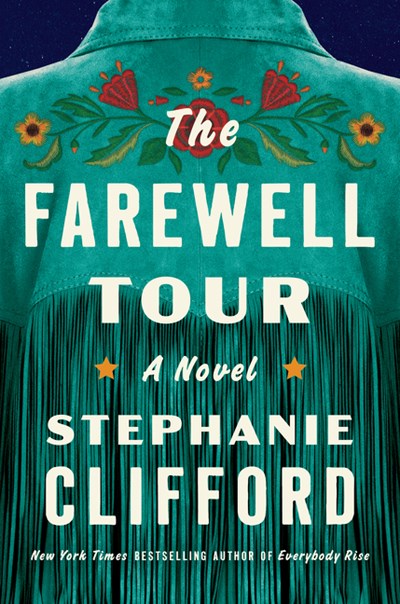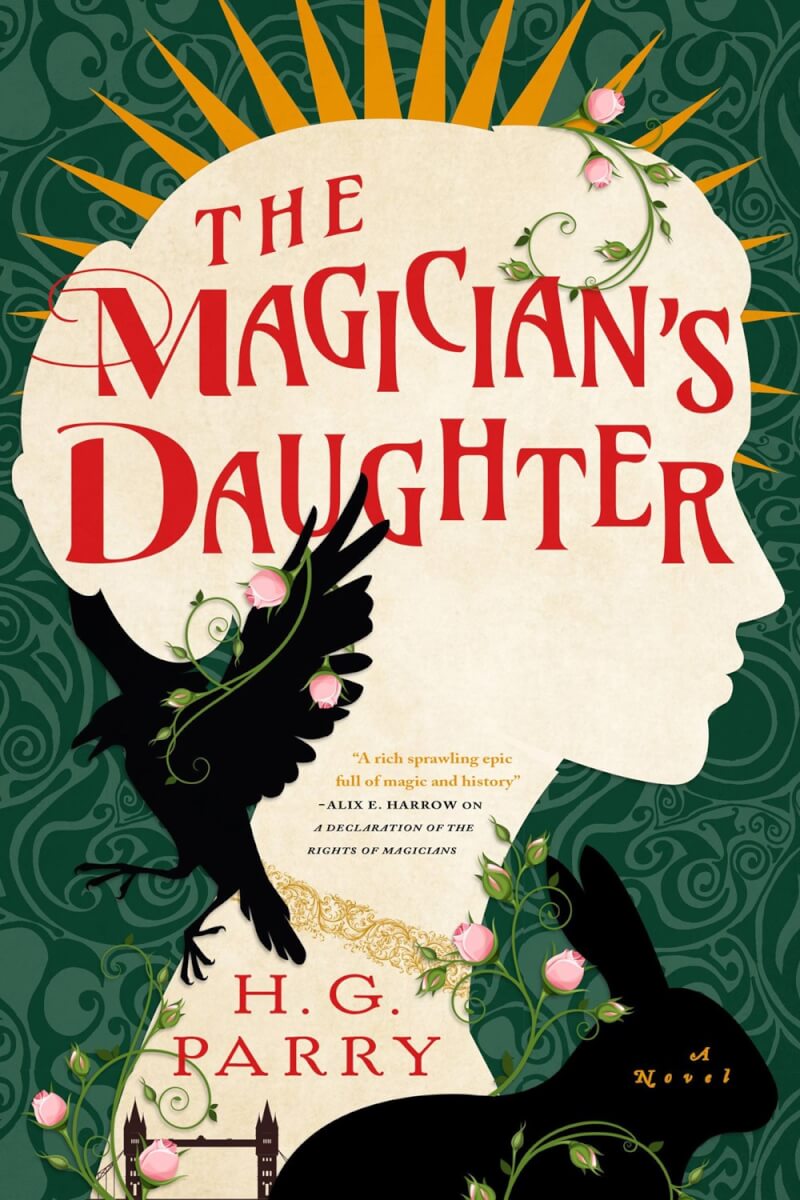Early in Cathleen Schine’s poignant, very funny novel, effervescent 93-year-old Mamie Künstler demands that her grandson, Julian, drag himself away from the screen of his phone. “I want your attention,” she announces. “I mean here you are.” And boy, is he. The 24-year-old has just broken up with his girlfriend, can no longer afford his rent in Brooklyn and has been sent by his parents to Venice Beach, California, to look after Mamie, who has fractured her wrist. Soon after, the COVID-19 pandemic arrives, trapping the pair together indefinitely in Künstlers in Paradise.
As a diversion from endless hours of watching MSNBC “like hollow-eyed drug addicts,” Mamie begins to tell Julian stories of her life, beginning with her emigration from Vienna at age 12 with her parents and grandfather in 1939. The family delayed their departure for as long as possible, rarely leaving the house during that time. As Mamie explains, storytelling is “what Grandfather and I did to amuse each other. We told stories when we were stuck in the house.” Once the family began their journey “off to a land of make-believe,” Mamie says, “I was amazed, enchanted! I was like Odysseus on Calypso’s island!”
Mamie’s tales of her adopted country read like a who’s-who of old Hollywood: repeated encounters with Greta Garbo (who becomes an important person in Mamie’s life), tennis lessons with composer Arnold Schoenberg and Thanksgiving dinner with Aldous Huxley, actor Anita Loos and Adele Astaire (Fred’s older sister). Schine’s sharp wit is constantly on display, as when Mamie interrupts her narration to comment on Julian’s lack of familiarity with many of these celebrities: “We will have an intermission while you google.”

Few authors could pull off the storytelling format of Künstlers in Paradise, but Schine does so seamlessly and marvelously, creating a multilayered saga about family dynamics and relationships, immigration, the early days of Hollywood and the often disturbingly cyclical nature of history. In addition to a cavalcade of humor, there is great and sobering substance amid the stark contrasts, conveyed in the slightest touch of Schine’s well-crafted prose: “The physical beauty of Venice and the moral ugliness of America were more difficult for Julian to reconcile. On the day George Floyd was murdered in Minneapolis by a police officer kneeling on his neck, the jacaranda trees burst into bloom, canopies of unnatural color, a spectacular purple, blossoms lush and bizarre.”
As story after story unfolds, Julian and Mamie are transformed. After Julian hears Mamie describe a Künstler family photo taken back in Vienna, he notes, “She didn’t skip a beat at the mention of Dachau. . . . Or of her cousin who perished there. What an intricate, convoluted bundle of emotional strands she must carry around inside that heart.”
As Mamie concludes in her own delightful way, “I do not believe in life after death. . . . I sometimes have trouble believing in life before death: it is all so improbable.” Künstlers in Paradise is truly a trove of unexpected rewards.

















